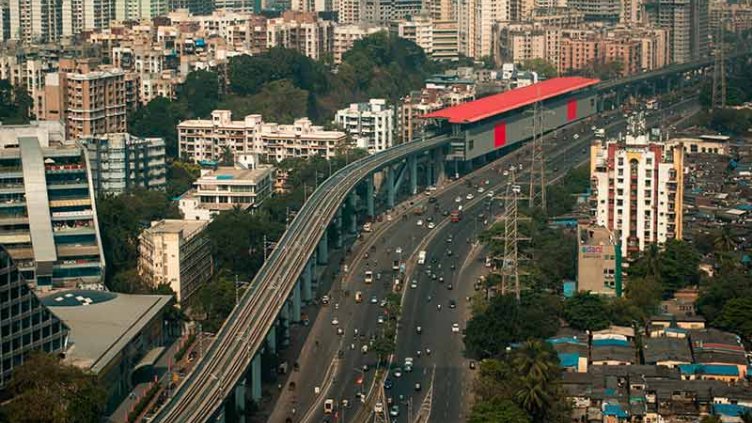Evolution and trends in Vietnam's retail property market
Vietnam's retail real estate is evolving rapidly, with malls spearheading growth and innovative brand strategies shaping its dynamic expansion.
Vietnam's retail real estate market has transformed significantly from traditional street retail to focus primarily on shopping malls. This development stems from both the country’s unique climate and its urban planning legacy. From a real estate perspective, Vietnam categorises shopping malls into four types as the picture below based on several criteria including: target catchment, scale, and number of stores or brands.
Figure 1: Popular types of retail space in Vietnam
Source: JLL Research
Currently, regional and community malls dominate Ho Chi Minh City (HCMC) and Hanoi. These developments typically have 50-100 stores and with net leasable area (NLA) ranging between 10,000 and 30,000 sqm. These malls are often integrated into residential developments, reflecting Vietnam's preference for mixed-use projects. Since 2014, a notable trend has emerged. Developers are constructing standalone super-regional malls in suburban areas, enhancing real estate values and attracting buyers to township developments.
In terms of quality, malls are classified as prime or non-prime. Prime malls, characterised by good traffic, excellent tenant mix, and efficient management, account for about 50% of the total NLA in HCMC. Professional developers like Aeon, Vincom, and Keppel Land manage these prime malls, highlighting the specialised nature of the retail sector and the limited number of key players in the market.
Despite limited supply, demand in Vietnam's retail market continues to grow. The growth is driven by increasing consumer spending and a rapidly expanding middle class. Oxford Economics projects that approximately 27 million people will join the middle class by 2030. Moreover, HCMC and Hanoi have the lowest retail space per capita in Southeast Asia, indicating substantial growth potential.
However, this promising market faces challenges. Retailers and brands struggle to secure prime locations due to limited availability in high-quality malls. Some international brands, particularly in the beauty sector, adopt conservative expansion strategies, focusing on city centres and established beauty hubs. This approach may cause them to overlook potential opportunities in suburban areas.
On the other hand, innovative retailers like Uniqlo and Muji have implemented more aggressive expansion plans. They secure better deals from landlords by employing a lifestyle shop model and becoming anchor tenants. These retailers also apply a shared revenue model instead of fixed rentals to reduce initial investment costs. Furthermore, they have diversified their product offerings beyond fashion, creating immersive lifestyle experiences for customers.
Figure 2: Retail brands location approach
Source: JLL Research, MapIT
The success of these contrasting strategies highlights the importance of adaptability in Vietnam's evolving retail landscape. As the sector continues to grow, retailers must balance the allure of prime city-centre locations with the potential of emerging suburban markets. The ability to create unique, experience-driven retail environments may become increasingly crucial in attracting and retaining customers.
Overall, Vietnam's retail real estate market presents both challenges and opportunities. The limited supply of prime retail space, coupled with growing consumer demand, creates a competitive environment for retailers. Success in this market depends on innovative strategies, adaptability to changing consumer preferences, and a willingness to explore untapped suburban markets. As Vietnam's middle class continues to expand, the retail real estate sector is poised for further growth and evolution. This offers exciting prospects for both developers and retailers alike.



